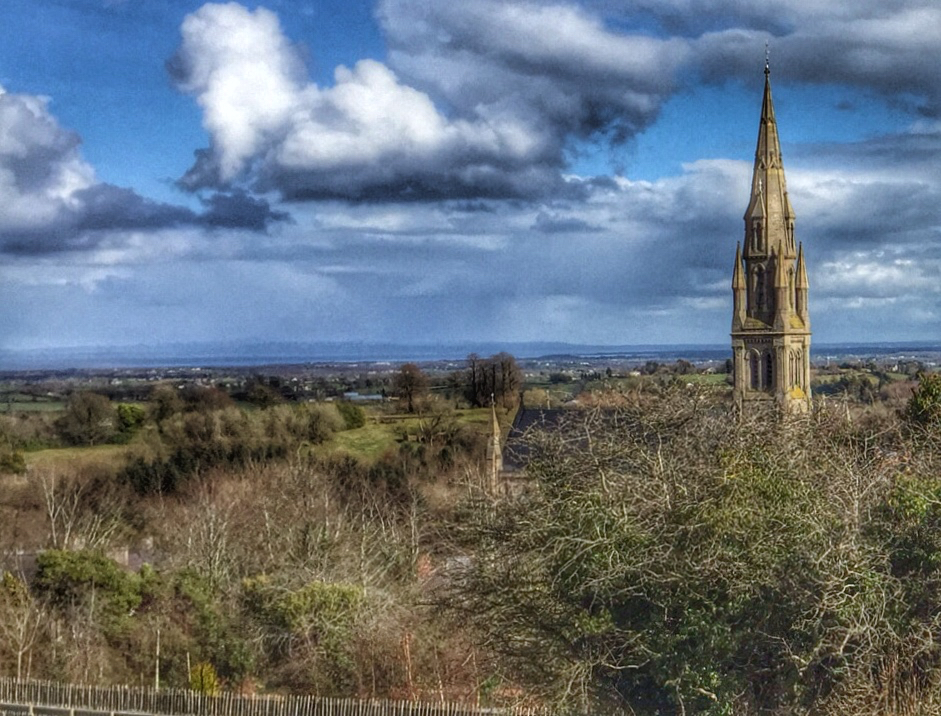
As we drove through the County Tyrone countryside this morning, my contact kept pointing out spots in the landscape where nearly 400 years ago early chapters in this region’s long story of violent conflict unfolded. Like South Armagh, the peacefulness of the surroundings belies the brutal reality of what happened here during the most recent 30 years or so of war.
This was one of the most active areas of violence, behind only Belfast and South Armagh in terms of the numbers of casualties. Given the much smaller population compared to Belfast, in per capita terms the impact was just as traumatic. My contact described the brutality of the attacks against civilian targets as approaching the genocidal.
Today the area is calm, with much less of the raw hostility that bubbles so close to the surface in the close confines of Belfast. Out in the countryside, as my contact put it, people have room to keep out of each other’s way if they so choose. But for all the space, these are still small communities. People will recognize old enemies when they pass, and nod in acknowledgment. But the pain of the past is not forgotten, time has not erased the memories of family members killed or wounded, families torn apart, or livelihoods lost.
They let things lie, my contact said, because for now it is all over. But make no mistake. If things start up again, he said, “scores will be settled.” No one here is clamoring for that, but in a place where long memory can conjure up recollections of 400-year-old injuries, the wounds of the recent past may as well have happened yesterday.